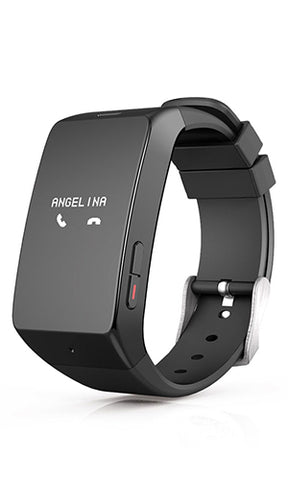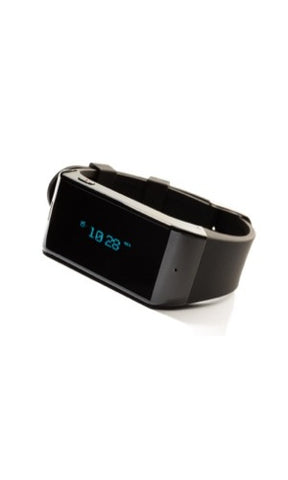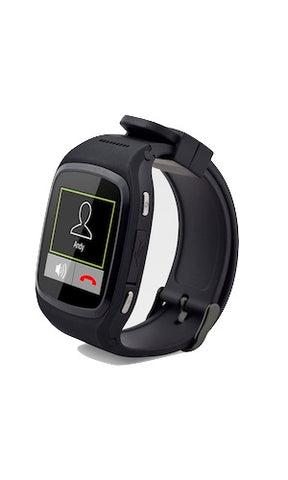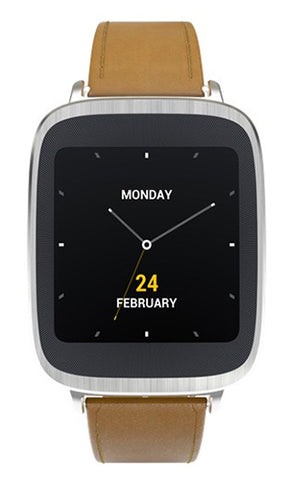5 amazing pieces of wearable tech being implemented in professional sports
Written By
Mariam Sharia
Wearable tech in professional sports is quite literally a game-changing development. It eradicates what is perhaps the most infuriating facet of any professional game: subjectivity.
Fans will no longer be able to accuse players of missing shots they “should” have made, because hard facts will determine whether the shot was even possible. Coaches will be able to tell with precision which of their athletes are too tired for the next play or which are suffering from an injury they have yet to start feeling. Moreover, data will tell coaching staff who isn’t pulling their weight on the team — and why.
As fans watch players’ stats onscreen and coaches keep a close watch on previously immeasurable statistics, wearable tech currently being used by professional sports organizations may catapult athletic programs to higher levels of efficiency and accountability.
National Football League
Catapult
Catapult calls itself “the most used secret in sport,” though it may not be such a secret anymore. The golden egg of this Australian-based company is a lightweight device worn on the body that aims at analyzing and reducing sports injuries as they happen.

The sensor is capable of tracking over 100 metrics including speed, acceleration, distance, and heart rate, sending that information to coaches on the sidelines in real time. In this way teams can determine if particular workouts are doing more harm than good.
By specifically choosing not to partner with tech-specific companies, Catapult gave itself the freedom and ability to work with “nearly half of the NFL teams, a third of NBA teams, and 30 major college programs,” notes Fast Company in its list of the 50 most innovate companies in the world this year (of which Catapult is #12!).
Not only does this sports technology save players from potentially deadly injuries, it makes them more efficient at what they do.
Zebra
Last season, the NFL partnered with Illinois-based company Zebra Technologies to embed RFID chips into the players’ shoulder pads, allowing for the broadcast of player statistics to fans in real time.
This changes things for those “couch coaches,” as Zebra GM Jill Stelfox calls them. “If we know closing distance of a defender and an offensive guy, you can really know whether that hit would be made or whether he really could’ve made that play.”

The goal is to install receivers in NFL stadiums that would log player location up to six inches, as well as track acceleration, deceleration, and distance. The sensors themselves are smaller than a quarter and run on watch batteries.
A few months ago, the NFL signed a four-year deal with Sportradar U.S., a data network whose aim is to record scores, play-by-plays, and player stats in real time. Zebra’s hardware coupled with this pool of information creates “a whole new dimension of data that will provide NFL fans with the deepest appreciation of player performance,” says Sportradar spokesperson Alex Inglot.
Major League Soccer
miCoach
The Adidas miCoach Elite System has been used in European and American MLS games for the last two years. It’s a jersey fitted with a small data cell that measures vitals such as distance, speed, power, acceleration, and heart rate. Much like Catapult, it wirelessly sends data to coaches in real time, allowing them to prevent player exhaustion while monitoring their performance.

Last year, the world was able to see the direct result of the system with Germany’s World Cup win. German national team trainer Darcy Norman stated that miCoach Elite was “used in almost every training session to monitor each player’s performance and record their stats.” Doing so allowed coaches to “reflect back on the team’s performance, tweak each player’s skills, and plan future workouts to ensure we’re improving performance and focusing our efforts in the right areas.”
Professional racing
Sensoria
Sensoria, a U.S.-based startup whose motto is “The Garment is the Computer” has partnered with Renault Sport Technologies to create a wearable t-shirt and corresponding app specifically for professional race car drivers.

Not only will the technology monitor basic features such as car speed and distance, it will track heart rate and transmit it via Bluetooth to the R.S. Monitor smartphone app. This allows the driver to record a video of each lap while monitoring vitals against acceleration forces, thus improving both performance and consistency.
“In a race, a Formula 1 driver maintains the same heart rate beats per minute as a marathon runner for about the same length of time. Our entire team is proud to help race car drivers improve performance and consistency,” says Sensoria CEO Davide Vigano. This tech could be groundbreaking for perhaps the only sport that has been untouched by wearable technology — until now.
National Basketball Association
Athos
While Oakland’s Golden State Warriors are one of 12 NBA teams using the aforementioned Catapult technology, the team seems eager on trying other wearable tech, as well.
The Warriors recently partnered with smart clothing company Athos, which offers three separate pieces of clothing (top, pants, and core) harboring breathing sensors with EMG which collect muscle data. The top alone has 16 sets of sensors for heart rate, breath, and seven pairs for each major muscle group. Data is transmitted in real-time to a companion smartphone app, so players can track performance and muscle activity throughout their entire practice session.

ShotTracker
Shooting guard Klay Thompson has struck up a partnership with ShotTracker, a basketball wearable created to improve a players’ game. The device comes as a two part bundle: a wrist sensor and a net sensor. Both are clipped on their respective locations and transmit a signal to a smartphone app to keep track of shots attempted, missed, and made.
While unlikely to become widely adopted throughout the NBA (they don’t miss shots in practice that often,) it is the first device of its kind.
![]()
The leader of professional sports wearables, Catapult, says it best: “Sports science and analytics is a growing field. Whether fans are looking for a deeper breakdown of the game or teams are pursuing performance improvements, leagues have committed to being a part of it.”
The inevitability of wearable technology in the realm of professional sports is undeniable, and the fact that America’s major teams are already on board is further proof. It will be exciting to see how the technology will continue to shape every aspect of the industry, from fan experience to player performance and the way coaches plan training for their teams.
Tags: activity tracker, Activity Trackers, Camera for Sports, Featured Items, Fitness Band, fitness tracker, Fitness Wearables, Health Wearables, HomePage Featured, professional sports, Smart Clothing, Swimming Wearables, Tennis Wearables




